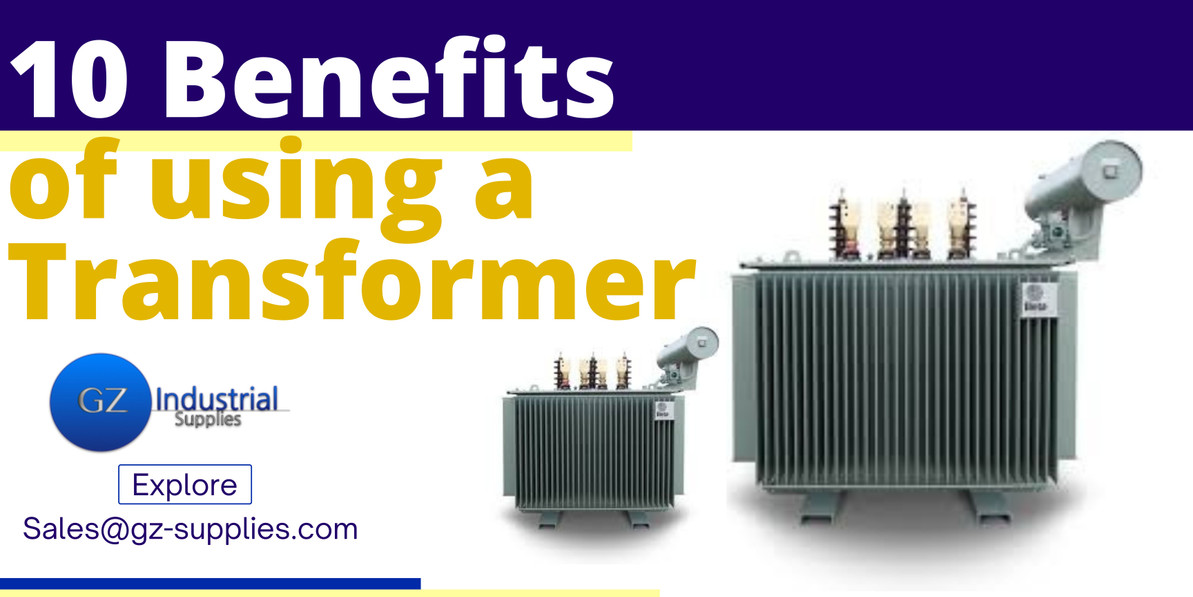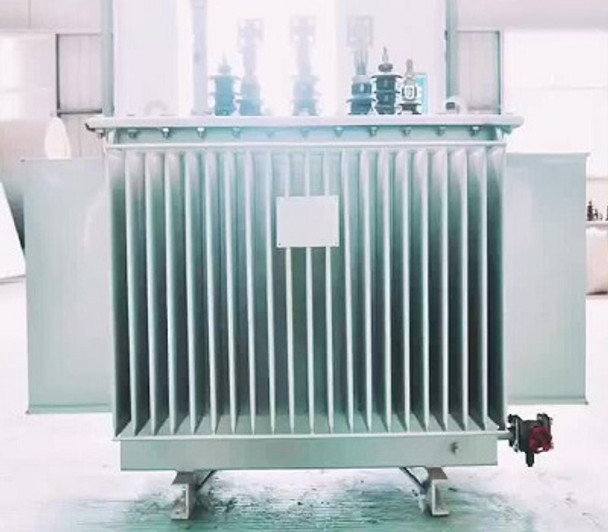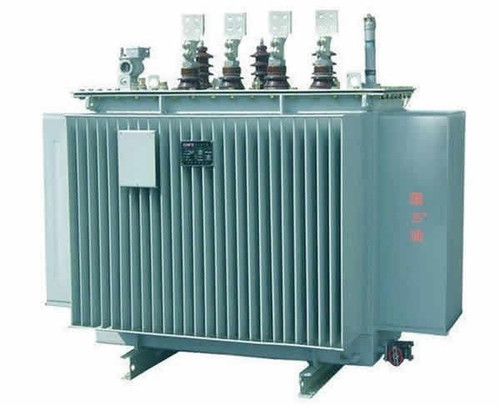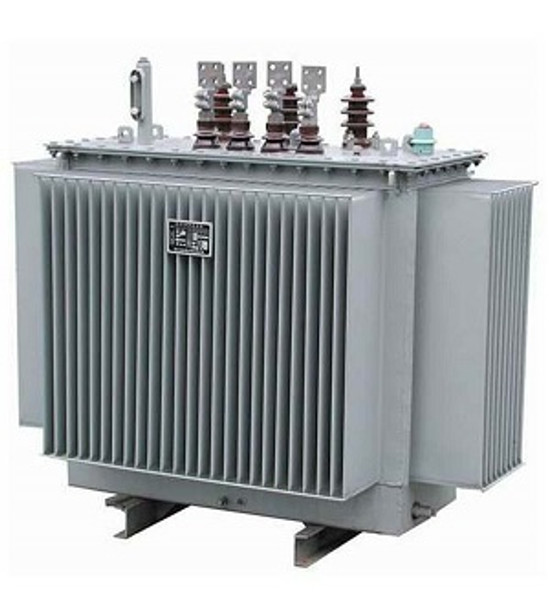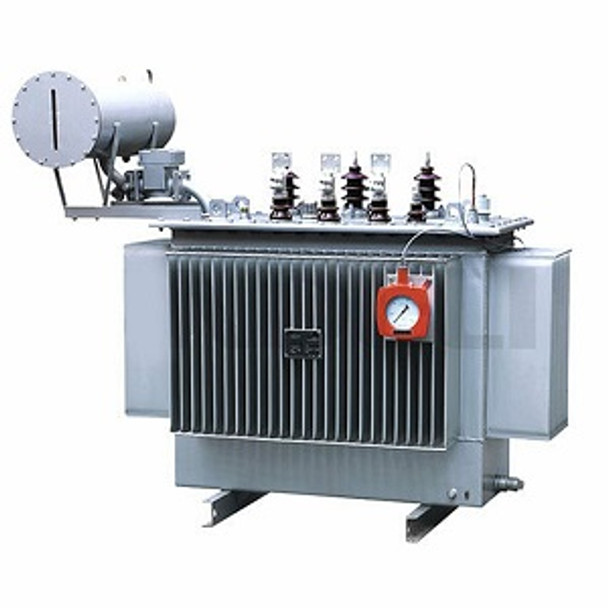10 Benefits of using a Transformer
A transformer is an electrical device that helps to distribute electrical energy evenly among multiple circuits. This is done by increasing or decreasing the voltage in the original circuit. Transformers are especially useful in cases where circuits need to be isolated from each other or when the voltage in one circuit needs to be changed. The transformer is made up of two coils that are not connected electrically. They work based on the Faraday principle of mutual induction. This means that when the magnetic flux in the primary coil changes, it causes an EMF to be induced in the secondary coil. A transformer is a machine that helps to avoid the wastage of energy by directing the flow of current. A magnetic field is created between the transformer's primary and secondary coil, which helps to guide the current. This ensures that the current does not go through any unnecessary paths and thus avoids waste of energy. The electrons start moving when the magnetic field is created within the secondary coil, creating an electric current through electromotive force.
Buy Online... Power Transformer ABB 300KVA 11.0/415KV
This article gives information about the benefits of a transformer for transmitting, distributing, and controlling electrical energy. Designing a transformer to support a wide range of applications, construction methods, power, and voltage levels can be complex. However, the basic operating principles of transformers have remained the same even as their design and construction have evolved. This article will explore some advantages of modern transformer design and construction.
Benefits of Using a Transformers
Some of the advantages of AC transformers are as follows:
1. Isolation and Productivity:
Transformers are incredibly useful devices that have a wide range of applications. They are especially useful in providing electrical isolation between two circuits. There is no electrical connection between the transformer's primary and secondary windings. Transformers work by transferring energy entirely through magnetic coupling, which makes them highly efficient and reliable. Additionally, transformers are relatively simple in construction, making them easy to produce and maintain electricity.
The conventional transformer has a simple design based on efficiency. In addition, it also provides galvanic isolation, as the two windings do not have any electrical connection between them. It also transfers all the energy to a transformer in the process of magnetic coupling.
The basic structure of conventional transformers has remained the same over the past decades. Still, advances in material technology have resulted in higher saturation densities and lower hysteresis losses in transformers, resulting in an efficiency of about 97 percent for even very efficient transformers.
2. Power Transmission and Distribution:
AC transformers play a critical role in the power system, which includes power generation, transmission, and distribution. Transformers make it possible to distribute electric power over large distances at a reasonable cost.
Power transformers provide highly efficient and long-distance power transmission, which helps to increase the voltage to a higher level on the output. With the so-called distribution transformer, distribution transformers use the distribution system to step down the high voltage for industrial, commercial, and residential use.
Buy online Power Transformer Astor 500KVA 33KV/415V
3. Stepping Voltage and Current Up and Down:
Transformers are vital in power distribution and electronic systems. Reducing the high voltage in transmission at substations makes it possible for end-users to get the increased amount of current they need.
Transformers are important devices in the power distribution and electronic systems. They can be used to lower high transmission voltages at substations or increase currents to the needed level for end-users.
4. Efficiency in Terms of Costs:
A transformer is a great alternative to a more expensive option for voltage level change and isolation. The traditional transformer provides a cheap and very efficient voltage level transformation and isolation method. The total cost of a transformer is not expensive.
The Power Transformer ABB 200KVA 11.0/0.415KV
5. Wide Range of Applications:
All transformers work on the same concept but have different applications. They are also different in terms of power, distribution, potential, and isolation efficiency.
6. Simple working principle and construction
A transformer is a static device consisting of a winding, or two or more coupled windings, with different numbers of turns on a magnetic core, for inducing mutual coupling between circuits. The alternating magnetic field created in one winding induces a current in the other, which is proportional to the number of turns.
Transformers are exclusively used in electrical power systems to transfer power by electromagnetic induction between circuits at the same frequency with very little power loss, voltage drop, or waveform distortion.
7.Various types and wide usage areas
Transformers have various types: distribution, power, current, potential, and isolation transformers. Each of them works on the same principle but has different usage areas. For example, current transformers step down currents for measurement instruments.
8. No moving parts, and starting time
A transformer has no internal moving parts and transfers energy from one circuit to another by electromagnetic induction. It ensures, under normal conditions, a long and trouble-free life. Besides, it does not require any starting time.
The Power Transformer ABB 500KVA 33.0/415KV
9.Reverse connected
Most transformers can be "reverse connected," which means the same transformer can be wired to be a "step-up" or "step-down, depending on how it's installed. This reversing capability must be allowed and specified by the manufacturer.
10. Multiple taps
Some transformers may be equipped with multiple taps on the primary to accommodate various input voltages. These taps are sized for standard voltages (220, 230, 240….etc.), or they can be slight variations to adjust for consistent over or under voltage at a particular location. These taps are most commonly provided as a percentage of the primary voltage, such as 2-1/2% and 5% (up or down from nominal).
Epochem premium Transformer Oil 20L
Related Articles
Where to Buy Power Transformers in Nigeria
The Best Transformer prices in Nigeria - GZ Industrial Supplies
POWER TRANSFORMER MAINTENANCE - GZ Industrial Supplies
Conclusion
Transformers make a big difference in a lot of industries. For example, they're often used to lower the voltage in regular power circuits so low-voltage devices can run. They can also raise the voltage from electric generators to help transmit power over long distances. Transformers are important in our lives because they help regulate the alternating current and deliver consistent electricity. This helps to extend the lifespan not just of the transformer, but also of any devices that are connected to it.
- A transformer will increase or decrease AC voltage, current or independence.
- It is efficient for the high-frequency range.
- The available power cannot change but will slightly too much decrease depending on the efficiency of the transformer.
- It has the advantage of preventing condensed flux leakage and iron loss.
- It offers good mechanical strength.
- The transformer is widely used in power transmission
Contact GZ Industrial supplies for the best Transformers in Nigeria
Recent Posts
-
Press Release: Same Great Lube, Less Waste: Lubemax 50:50 makes the Switch to Sustainable Packaging
In a move towards environmental responsibility, Epoxy Oilserv Nigeria Limited is proud to announce t …Apr 23, 2024 -
Top 8 Generators Recommended by Professionals in Nigeria (Reviews)
Generators can keep your home or business running with your essential equipment until the power is b …Apr 23, 2024 -
Transformer Safety: Preventing and Managing Common Hazards
Transformers are critical components in the electrical distribution system, handling high volt …Apr 23, 2024

